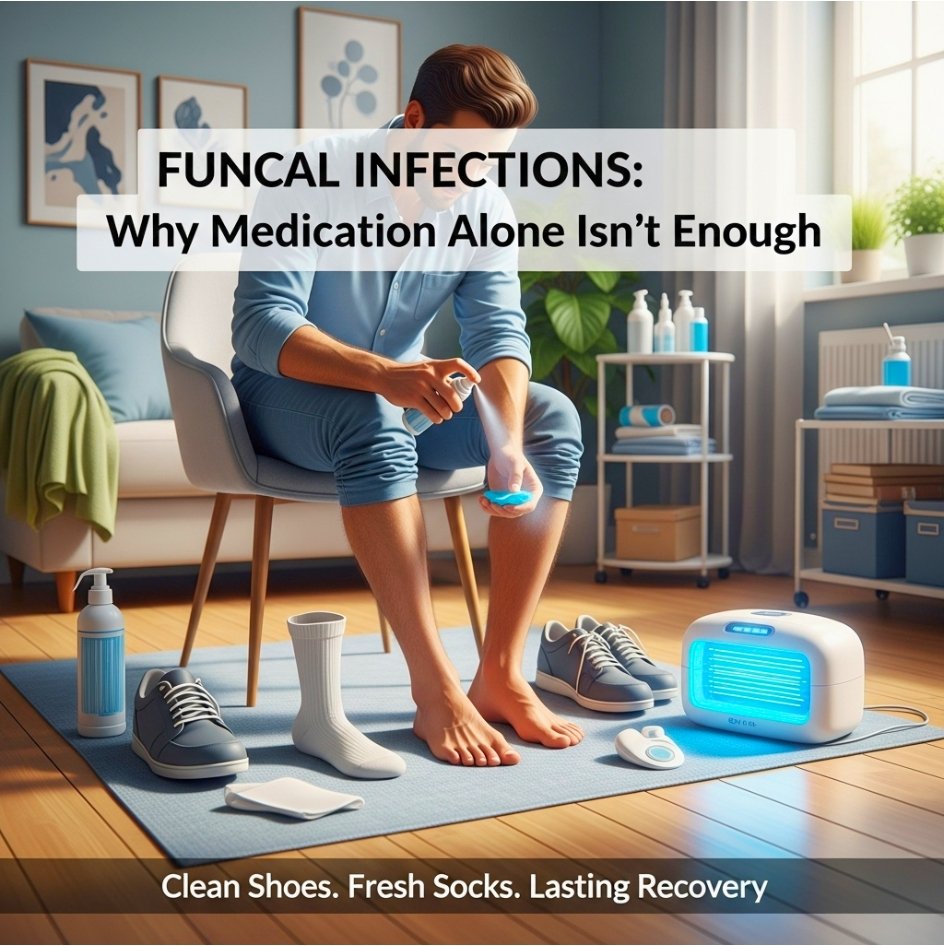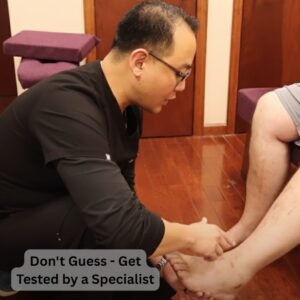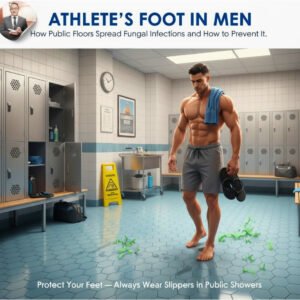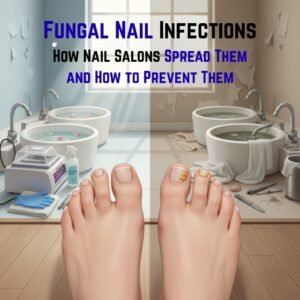Fungal Infections: Why Medication Alone Isn’t Enough
When people hear fungal infection, they usually think a quick doctor visit and a prescription will take care of everything.
Dr. Lee, a U.S. podiatrist with over a decade of experience, reminds us that medicine is only half the solution.
To truly recover — and prevent the infection from returning — you need to make sure your shoes, socks, and surroundings are clean and fungus-free.
1. Disinfect Your Shoes — The Fungus Hides There First
Fungus thrives in warm, dark, and moist environments. Your shoes are the perfect place. Even after treatment, if your footwear remains contaminated, the infection can easily return.
How to clean shoes safely:
- Use an antifungal spray or shoe disinfectant after every wear.
- Let shoes dry completely in sunlight or near a fan.
- Replace old insoles or wash them with an antibacterial solution.
- Avoid wearing the same pair two days in a row — give them time to air out.
Keeping your shoes clean helps your medication work faster and prevents the fungus from coming back.
2. Wear Fresh, Clean Socks Every Day
It sounds simple, but it matters. Wearing the same socks multiple times traps sweat and creates moisture — the perfect environment for fungus.
Best daily habits:
- Change socks at least once a day, or more if your feet sweat a lot.
- Choose cotton or moisture-wicking materials that keep feet dry.
- Wash socks in hot water (above 60°C / 140°F) to kill fungal spores.
- Never share socks, shoes, or towels with anyone else.
Small habits like these make a big difference. Clean socks protect both your feet and the healing skin around your nails.
3. Keep Your Environment Clean and Fungal-Free
Even if your feet are clean, your home might still carry fungal spores.
Floors, carpets, and even pets can act as carriers — making reinfection possible.
Home hygiene checklist:
- Mop floors with antifungal or bleach-based solutions once a week.
- Wear slippers indoors to reduce direct contact with contaminated surfaces.
- Wash bath mats and towels frequently.
- If you have pets, keep their paws and bedding clean, especially during humid months.
A clean environment isn’t just good for your feet — it’s essential for lasting recovery.
Why These Steps Matter
Fungus doesn’t just live on the skin. It can survive in shoes, clothing fibers, and floor crevices for weeks.
That’s why even powerful medication won’t stop it completely if your surroundings stay contaminated.
By combining medical care with environmental hygiene, you attack the infection from every angle — ensuring real, long-term results.
Pro Tip from Dr. Lee
Key Takeaway
Fungal infections are treatable — but full recovery requires teamwork between you, your doctor, and your daily habits.
Disinfect your shoes, wear fresh socks, and keep your environment clean.
These simple steps turn a temporary fix into a lasting cure.
If your infection keeps returning or you’re unsure how to manage it, visit a podiatrist.
A proper diagnosis and personalized care plan can save you months of frustration and discomfort.
“You can also watch this video to gain a clearer and more detailed understanding of the topic.”





